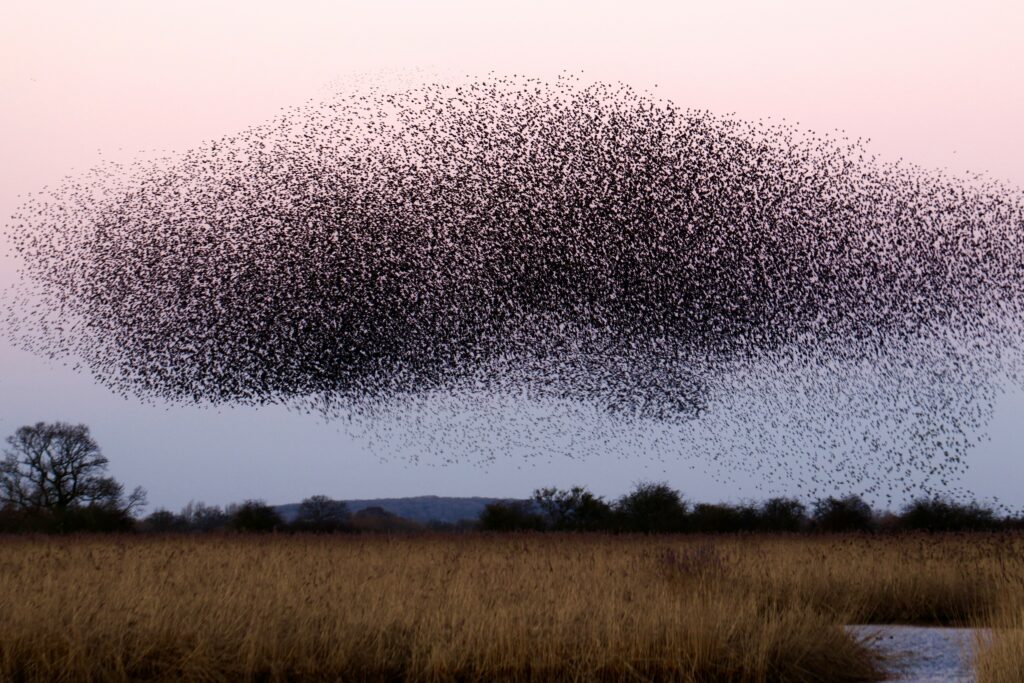What is Tonglen Meditation?
Tonglen Meditation is sometimes referred to as “taking and sending” meditation. “Tong” is translated as “giving or sending” and “len” is translated as “receiving or taking”. Its goal is to reverse the human tendency of avoiding suffering and seeking out pleasure. A practitioner of this form of mediation breathes in the suffering of others and breathes out compassion. Tonglen Meditation is traditionally practiced by Tibetian Buddhists and other sects of the Vajrayana school of Buddhism. The practice is traced back to Indian Buddhist teacher Atisha Dipankara Shrijnana.
How can I Practice Tonglen Meditation?
When practicing Tonglen Meditation we visualize taking in the pain of others with every in-breath and sending out whatever will benefit them on the out-breath. There are four stages of Tonglen Mediation:

Step 1: Focus on Open Stillness
This step is most familiar to seasoned practitioners and is similar to Zazen Meditation. In this stage you briefly focus your mind on openness or stillness. This stage is also know as “Flashing” or “Flash on Bodhichitta”.
Step 2: Beginning Visualization
In this next step the practitioner begins visualizing themselves breathing in hot, heavy, dark smoke and breathing out a cool, fresh, clean out-breath. Breathe in and out fully and completely. Imagine yourself breathing in and out not only through your lungs and mouth but from every pore in your body.
Step 3: Identify a Painful Situation
Traditionally, you begin Tonglen Meditation by focusing on someone dear to you that you hope to help. However, many instructors note that you may also focus on a situation that is personally painful to you while simultaneously acknowledging all the others that are experiencing the same pain. This approach can be helpful when first starting out.
Step 4: Expand Your Taking in and Giving out to all beings
Focus your compassion on all beings in the fourth and final step. Whether you’re focusing on a stranger or close personal friend extend the compassion of your out breath to all beings in the same situation as that person. Extend your loving-kindness to people you know and have positive feelings for, strangers you don’t know and have a neutral opinion of, and even people you feel negative emotions towards. It may be difficult at first but with time your compassion will become boundless. As you continue to practice you fill find that in due time you will be able to find compassion and loving-kindess for all beings in all situations, no matter how difficult.
The Upaya Zen Center has a wonderfully in depth PDF that covers the practice here. The form of Tonglen Meditation outlined above more closely follows the technique of American Nun Pema Chödrön.
What was “The Green Mile”?
“The Green Mile” is a 1996 novel written by Stephen King. It was adapted to film in 1999 by Frank Darabont. We’ll be focusing on the film adaptation for the imagery it provides. The film takes place in 1930s Louisiana. The two main protagonists are Paul Edgecomb, the head death row guard and (SPOILER ALERT) wrongly convicted murder John Coffey, like the drink, only not spelled the same.
In the film Coffey has the miraculous ability to end pain and suffering in humans and other living creatures by literally breathing in their suffering and in essence breathing it back out. At many points in the film Coffey heals people by placing his mouth near theirs and breathing in what looks like a swarm of insect like creatures. He then breathes out those same creatures and the suffering he internalized. Whatever ailment was causing pain and suffering in the victim is now alleviated. As a result Coffey feels at peace for helping these people.

How is Tonglen Mediation Present in “The Green Mile”?
Coffey’s ability is a physical manifestation of the process you visualize during Tonglen Meditation. When Coffey breathes in the dark, heavy pain of the people he’s helping he is physically breathing in the dark, heavy smoke you visualize during Tonglen Meditation. When he breathes that pain back out the swarm of insects represents the healing nature you and others feel as a result of your practice. He is breathing in suffering and breathing out loving-kindness. Coffey’s ability demonstrates the visualization you practice during Tonglen Meditation.

